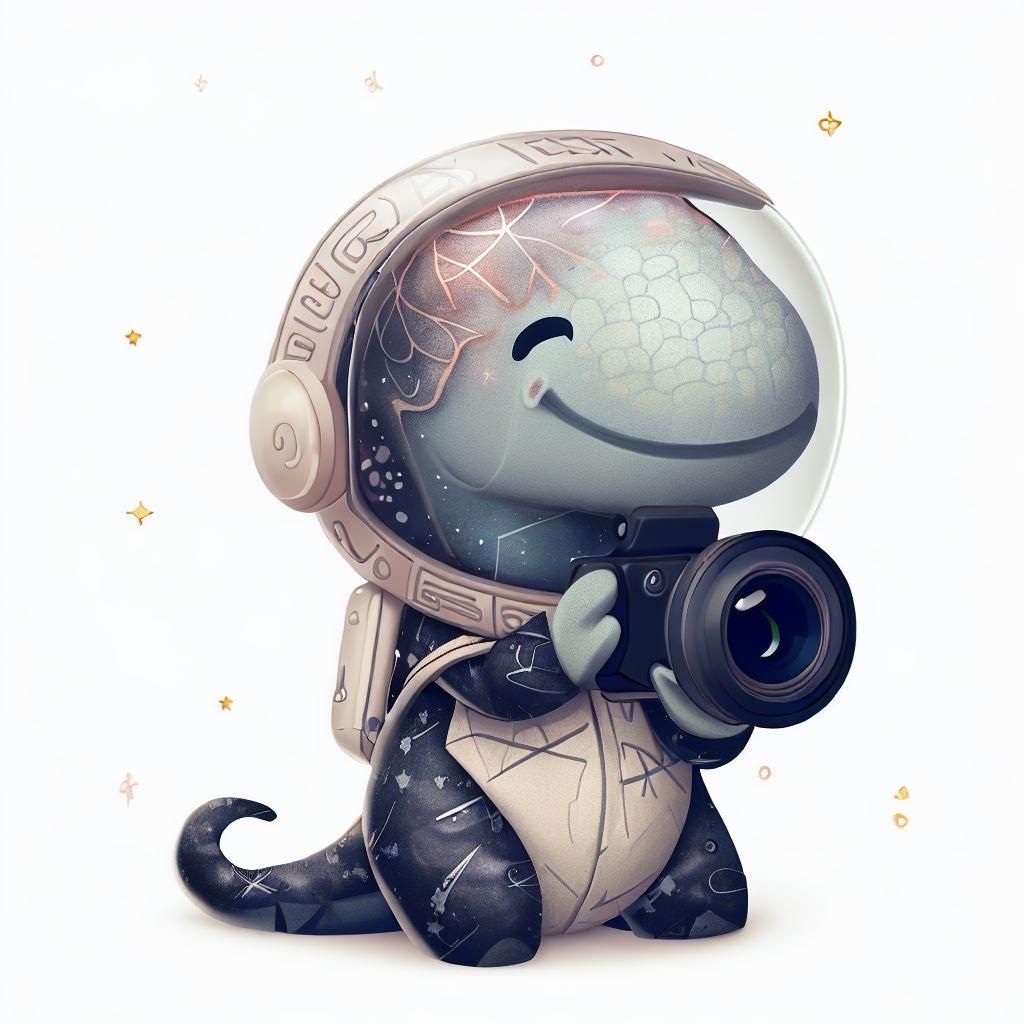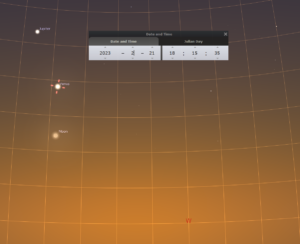Conjunction Junction, what’s your function?
Bob Dorough (Schoolhouse Rock)
Hookin’ up words and phrases and clauses.
Conjunctions in grammar are small words that connect phrases or clauses, just like the lyrics of Conjunction Junction say, above. So sentences like “I like apples but I don’t like apple pie” can make sense because of the word “but.” In astronomy, conjunctions are when two objects in the sky are visually close to each other. There is no hard and fast rule of how close they need to be (see https://en.wikipedia.org/wiki/Conjunction_(astronomy) for more information) but generally speaking it’s “within the same field of view,” regardless of what you’re using to view the objects (eyes, binoculars, a camera, or the Webb Space Telescope). So basically, if you look up and see the Moon and Venus in the same field of view, they are said to be “in conjunction.” When the Moon, Venus, and Jupiter are in the same field of view, it’s called a “triple conjunction.” And we have one of those happening right now!
Tonight, just before sunset, look up at the skies and find the Moon. It might not be too obvious because it’s just past its New phase and will be just a sliver, but it should be in the western skies near the horizon. You should see a bright dot of light just above it that is Venus. If you keep going up, you’ll see Jupiter as well! These three items are in triple conjunction because there are three of them. If the Sun isn’t too bright as it starts setting, you might even be able to see the Sun, the Moon, Venus, and Jupiter all at once! Just never look directly at the Sun without proper filters.
This image was generated using Stellarium showing an Eastern time zone view from 43 degrees North latitude. You may not see the same thing from where you are. The bottom horizontal line is the horizon, and each grid line represents 5 degrees, so the whole thing is between the horizon and about 30 degrees. Buildings, trees, and landscape may impede your view as well so find a clear view of the western horizon to make the most of this.
Conjunctions happen all the time. Sometimes, you get conjunctions of stars, planets, Moons, and other astronomical objects that make them look like they’re close, but they’re really not. It’s the same thing that happens if you hold your hand in front of you with your thumb out and then move it so that it’s right next to the Moon. Your thumb and the Moon aren’t any closer than if you turn the opposite direction (well, maybe a couple of feet closer), but to your eyes, it looks like they’re touching.
This is the same thing that happens with conjunctions of astronomical objects. From a mathematical perspective, we can say that the angular distance between the objects as viewed from our eyes (or other sensor like a camera) appears small. That’s basically it, and that’s basically what a conjunction is.
But that angular distance is a very important concept. In fact, it’s so important that it helped us figure out the size of the Earth, the distance to the Sun, the Sun’s size, and the distance to thousands of nearby stars. It also gives rise to a very popular scientific term, the parsec. We’ll learn more about all of this in our next journey through space and time. Until then, keep looking up and wishing you clear skies!

